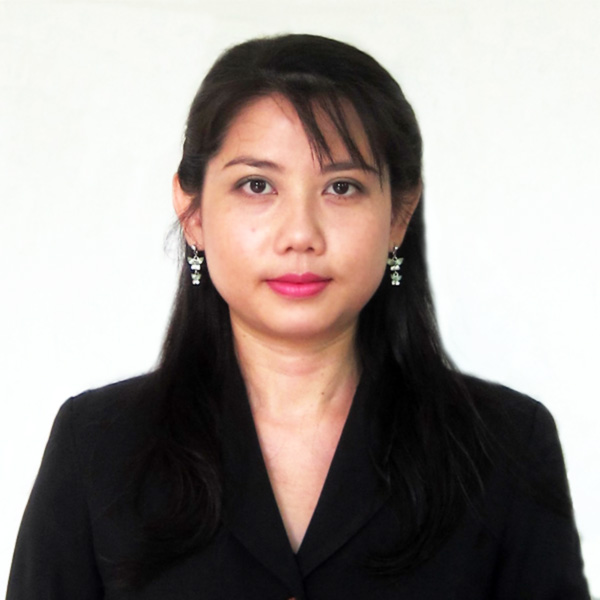Sustainable Developments Goals: Water and Wastewater Management
A special issue of Water (ISSN 2073-4441). This special issue belongs to the section "Water and One Health".
Deadline for manuscript submissions: closed (31 March 2024) | Viewed by 4182
Special Issue Editors
Interests: water quality monitoring; water and wastewater treatment; climate change impact on natural ecosystem; coastal monitoring; remote sensing and GIS applications
Special Issues, Collections and Topics in MDPI journals
Interests: water resources; hydrogeology; groundwater quality; groundwater pollution; groundwater modeling; health risk assessment; geochemical modeling; hyrogeochemistry
Special Issues, Collections and Topics in MDPI journals
Interests: water resources engineering; river sediment transport processes; numerical model for coastal and estuary simulation; sedimentation in coastal area and estuary; coastal and ocean field observation and changes of coastal processes due to global warming
Special Issues, Collections and Topics in MDPI journals
Special Issue Information
Dear Colleagues,
A rapid increase in both industrialization and urbanization are major threats to water resource management. Over the past two decades, mankind has faced serious health issues and potential risks related to emerging contaminants present in the ecosystem. In the current environment, the water ecosystem contains a mixture of chemical and toxic substances that cause major health issues in the human body. Research on the impact on health and the control strategy needed for emerging pollutants is significant to protect the environment and achieve sustainable practices.
The recent challenges in the research community include trying to reduce the contamination of water bodies and protect the environmental ecosystem for the future generation. Over the past decade, the disposal of waste from industrial, commercial and municipal zones are increasing with the increasing population density. It is difficult for researchers and scientists to face real-time environmental contaminants in densely populated cities. The disposal of waste without proper treatment and the usage of chemical and synthetic fertilizers in the agriculture field are major threats to the water ecosystem. To date, limited research can be found on nano- and microplastic contamination in aquatic ecosystems.
The Special Issue focused on enhancing the novel approach in various emerging fields, such as surface and sub-surface water management, solid waste management and water and wastewater treatment. The Special Issue aims to enhance novel technologies, to reuse wastewater generates in industries, to reduce the surface water bodies contamination and to monitor the groundwater quality for domestic and agricultural uses.
The scope of this Special Issue includes but is not limited to the following topics:
- The impacts of the emerging contaminations in the water ecosystem;
- Exposure assessment of emerging pollutants on human health;
- Modern technologies involved in solid-waste management;
- Cleaner technology with reduced production of hazardous pollutants;
- Novel methods for the quantification of toxic pollutants from water and wastewater;
- Source identification and contaminant transport modeling;
- Toxicity assessment in aquatic environments;
- Scale-up of wastewater treatment units;
- Studies on mitigation techniques and strategies to reduce contamination;
- Sustainable Developments Goals focused on water management.
Dr. Balamurugan Paneerselvam
Prof. Dr. Peiyue Li
Dr. Butsawan Bidorn
Guest Editors
Manuscript Submission Information
Manuscripts should be submitted online at www.mdpi.com by registering and logging in to this website. Once you are registered, click here to go to the submission form. Manuscripts can be submitted until the deadline. All submissions that pass pre-check are peer-reviewed. Accepted papers will be published continuously in the journal (as soon as accepted) and will be listed together on the special issue website. Research articles, review articles as well as short communications are invited. For planned papers, a title and short abstract (about 100 words) can be sent to the Editorial Office for announcement on this website.
Submitted manuscripts should not have been published previously, nor be under consideration for publication elsewhere (except conference proceedings papers). All manuscripts are thoroughly refereed through a single-blind peer-review process. A guide for authors and other relevant information for submission of manuscripts is available on the Instructions for Authors page. Water is an international peer-reviewed open access semimonthly journal published by MDPI.
Please visit the Instructions for Authors page before submitting a manuscript. The Article Processing Charge (APC) for publication in this open access journal is 2600 CHF (Swiss Francs). Submitted papers should be well formatted and use good English. Authors may use MDPI's English editing service prior to publication or during author revisions.
Keywords
- water or wastewater treatment and assessment
- human health risk







